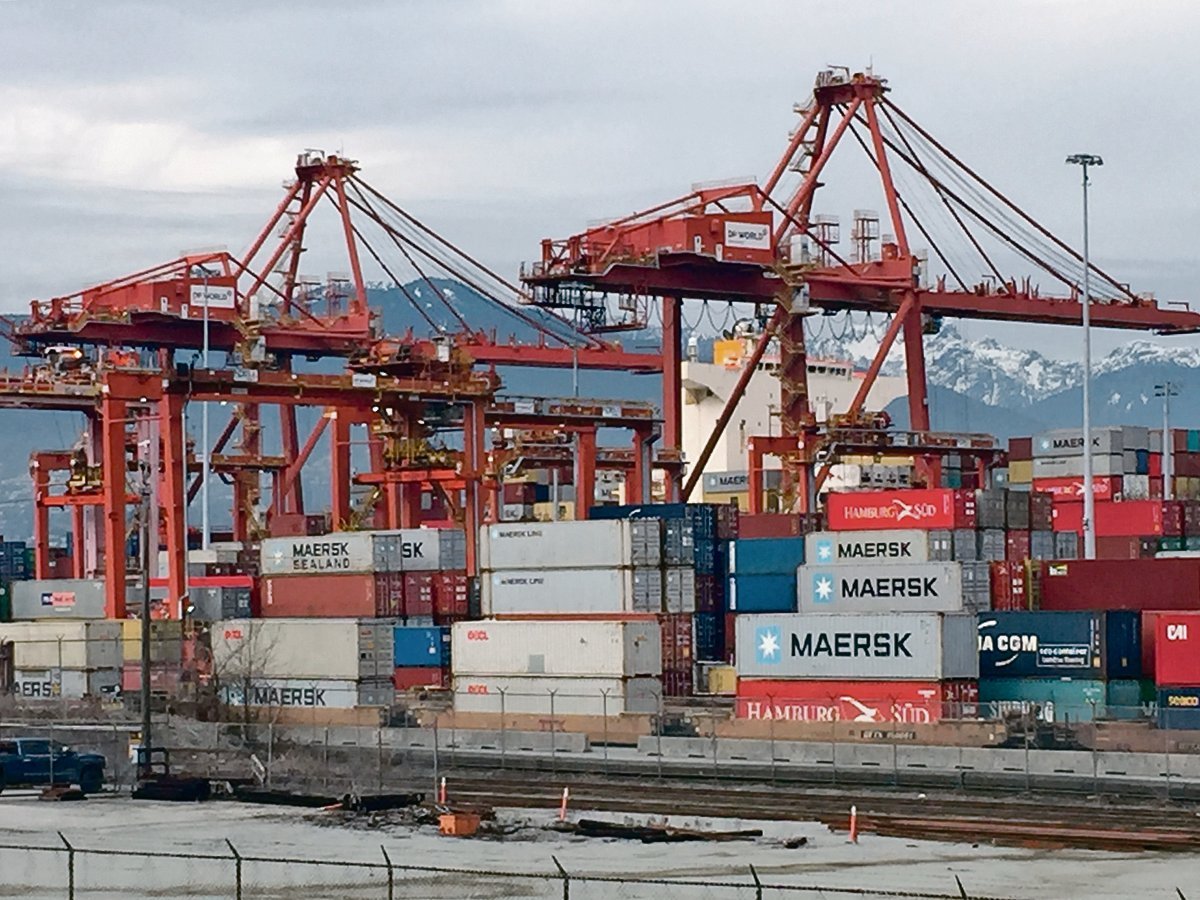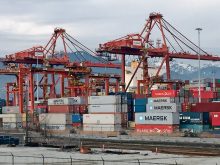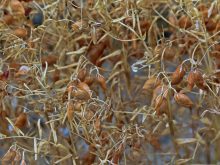You have probably noticed changes in our markets section this week.
We have redesigned the markets tables so they can be accommodated on one page. The motivation was to give us more flexibility in the layout of the section.
But by happy coincidence, the new design allows the addition of more cattle information, specifically domestic beef production, average carcass weights and wholesale beef prices.
We also have the space to run more lamb and sheep prices so we are shifting Ontario Stockyards Inc. data from the livestock report into the table.
Read Also

Message to provincial agriculture ministers: focus on international trade
International trade stakeholders said securing markets in the face of increasing protectionism should be the key priority for Canada’s agriculture ministers.
All the information in the original tables is still available in the new design, except the metric to bushels conversion factors. If you need help with conversions, our website’s on-line tools section has a price conversion calculator.
The Canadian Wheat Board delivery contract table will still be found within the four pages of the markets section.
The blowout in soybean prices continued, driven mainly by excellent weather in the U.S. Midwest, thoughts that American buyers might import Brazilian soybeans or soybean products and worries that China may slow its import pace.
Reports from China say feed demand is down because farmers slaughtered poultry flocks to battle avian flu. Soy meal prices are down, crushers are losing money and buyers can’t get credit because the central government is pressuring banks to rein in loans to slow the overheated Chinese economy and cool inflation.
Buyers and suppliers were negotiating last week to see if soybeans bought during the red hot spring rally could be repriced to reflect today’s lower prices.
It is hard to say how much the Chinese buyer laments are true and how much are bargaining positions.
But late last week, Chinese authorities were saying their belt tightening was having the desired effect of slowing the economy and there were no immediate plans for more credit restrictions.
Also, the avian flu is under control and poultry flocks will soon be replaced.
As for the other weight on oilseed prices, ideal Midwest weather, a May 20 outlook from the U.S. Climate Prediction Center forecasts normal rainfall for June, July and August for the Midwest.
Prospects for competing canola production are also more optimistic than a few weeks ago. Europe is forecasting a good crop and recent moisture has improved conditions in Canada.
However, world oilseed stocks are still on a knife edge and that means price volatility. If the weather turns against the American crop, prices will rise again, presenting another good pricing opportunity.
There is troubling news on the potato trade front.
Two weeks ago, 27 members of the U.S. Congress wrote agriculture secretary Ann Veneman and U.S. trade representative Robert Zoellick complaining about low potato prices and drawing attention to increasing Canadian potato imports.
Senator Susan Collins of Maine wrote to say that imports from Atlantic Canada might be subsidized, referring specifically to federal help Prince Edward Island growers received when their crops were hit with potato wart disease in 2000.
There was no indication yet whether Zoellick was going to initiate the requested investigation.














